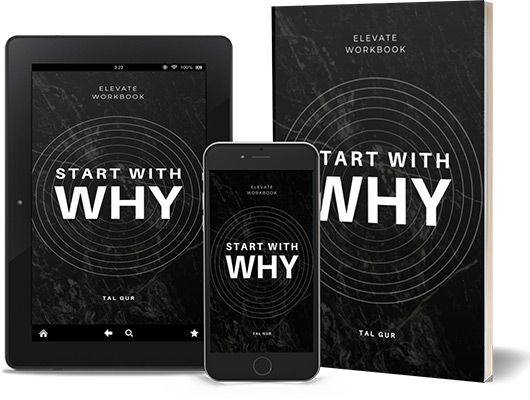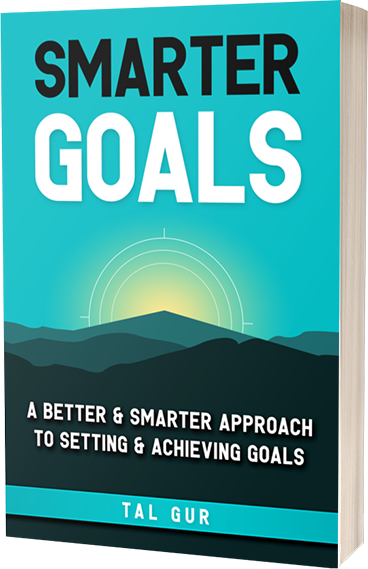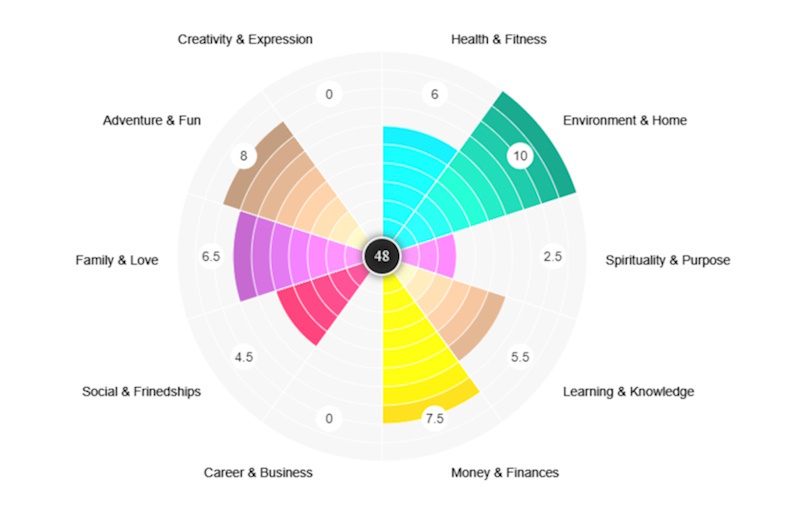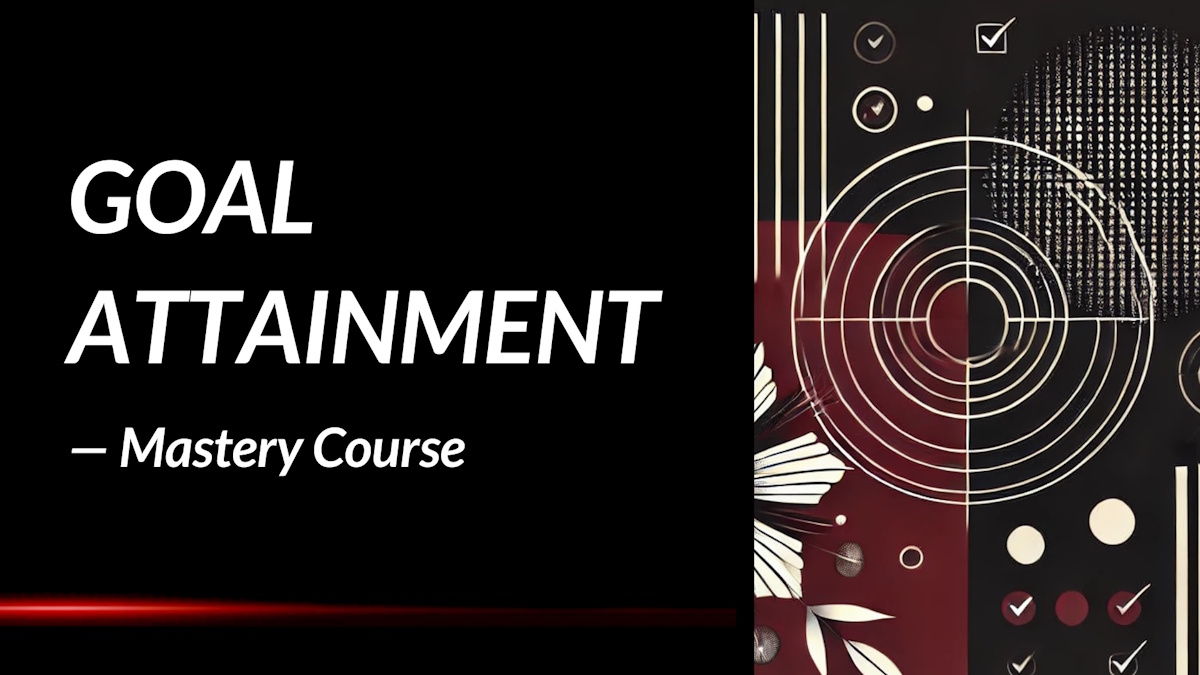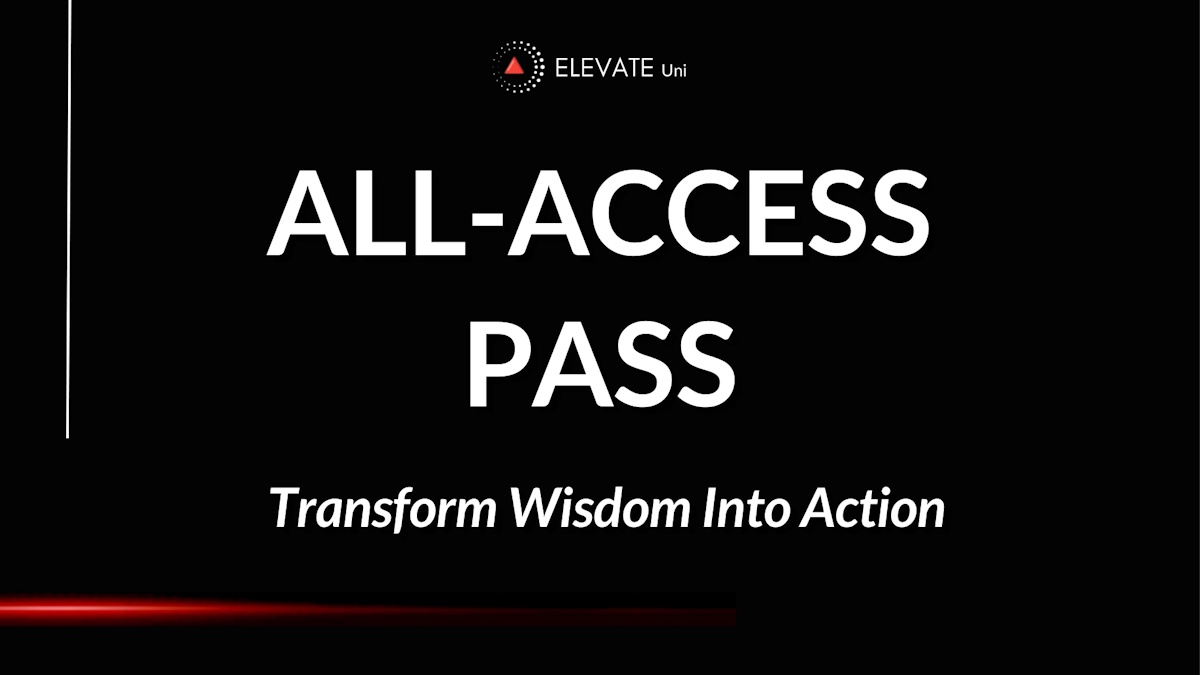The Art of Receiving and Giving: Summary Review
What if the key to deeper connection and personal empowerment lies not in doing more, but in understanding the subtle dance between giving and receiving? In The Art of Receiving and Giving: The Wheel of Consent, Dr. Betty Martin invites readers to explore this transformative framework, offering a fresh perspective on consent, boundaries, and authentic relationships.
What is the Book About?
At its core, The Art of Receiving and Giving introduces the Wheel of Consent—a groundbreaking model that redefines how we perceive and practice consent. Drawing from over four decades of experience in bodywork and somatic education, Dr. Martin delves into the nuances of touch, communication, and personal agency. The book challenges readers to reconsider ingrained patterns, emphasizing the importance of distinguishing between actions done for oneself and those done for others. Through detailed explanations and real-life examples, Martin illustrates how understanding these dynamics can lead to more fulfilling and respectful interactions.
Beyond theoretical insights, the book offers practical exercises designed to help readers embody the principles of the Wheel of Consent. From solo practices like "Waking Up the Hands" to partnered activities, these exercises aim to enhance self-awareness and foster clearer communication. Martin's approach is both compassionate and empowering, encouraging readers to honor their desires and boundaries while cultivating deeper connections with others.
Book Details
Print length: 422 pages
Language: English
Publication date: December 21, 2022
Genre: Self-help / Personal Development
Book Author
Core Theme
The central theme of The Art of Receiving and Giving revolves around redefining consent beyond mere agreement. Martin introduces the concept of the Wheel of Consent, which categorizes interactions based on who is doing and who is benefiting from an action. This model encourages individuals to explore the dynamics of giving, receiving, taking, and allowing, fostering a deeper understanding of personal boundaries and desires.
By examining societal conditioning and personal experiences, the book sheds light on how individuals often suppress their true desires to conform or please others. Martin's approach empowers readers to recognize and articulate their needs, leading to more authentic and satisfying relationships. The emphasis on embodied practices ensures that these concepts are not just intellectually understood but deeply felt and integrated into daily life.
Main Lessons
A few impactful summary lessons from *The Art of Receiving and Giving: The Wheel of Consent*:
1. Distinguish Clearly Between Giving and Receiving
One of the foundational ideas in Betty Martin’s work is the importance of separating the concepts of giving and receiving. In our culture, these terms often get blurred, especially around sensuality and pleasure. Martin reframes “giving” as offering something for another’s benefit and “receiving” as welcoming something for one’s own benefit. This clarity enables people to better understand their roles in interactions and communicate their desires and boundaries more openly. It dismantles the long-held myth that being acted upon always means you’re receiving, which is not always true, and lays the groundwork for more respectful, satisfying connections.
2. Understand the Four Quadrants of the Wheel of Consent
Martin’s model maps out four core dynamics at play in any exchange: doing for another (serving), doing for oneself (taking), being done to for one’s own benefit (accepting), and being done to for another’s benefit (allowing). These four quadrants—each a unique combination of “doing” or “being done to” and “giving” or “receiving”—reveal the true nature of any interaction. By naming and practicing within these quadrants, we can break habitual patterns, discover new pleasures, and become more fluent in the language of consent. The clarity this model brings is both simple and revolutionary.
3. Expand Pleasure by Confronting Your Ceiling
Most of us have an internal “pleasure ceiling,” a limit we unconsciously set on how much delight or joy we’re willing to experience. According to Martin, true healing comes when we find that edge, explore the emotions and stories beneath it, and intentionally grow our capacity to feel more. This isn’t just about touch—it’s about all of life. Joy, grief, desire, and vulnerability often reside just beneath that ceiling. When we become curious rather than fearful about these emotional undercurrents, we unlock a deeper ability to connect with ourselves and others.
4. Face the Challenges of Each Quadrant
Each quadrant in the Wheel of Consent carries its own shadow—emotions, fears, or beliefs that make it hard to fully inhabit that role. Perhaps we fear being seen as selfish if we take, or feel guilt when we say no to allowing something. These challenges keep us from stepping into the full truth of what we want or can give. Facing them requires courage, but doing so allows us to show up with more integrity, authenticity, and emotional freedom. Only by confronting these challenges can we embody all aspects of human interaction without shame or confusion.
5. Practice Consent as a Skill, Not Just a Rule
Consent is far more than asking and getting a yes or no. Martin teaches it as a nuanced skill set involving self-awareness, clear communication, and adaptability. It means knowing the difference between what you want and what you’re merely willing to tolerate—and expressing that honestly. It also means recognizing the same distinctions in others, respecting their boundaries, and creating space for people to change their minds. Practicing this kind of deep consent leads not only to better intimacy but also to more respectful, fulfilling relationships in every area of life.
6. Learn Through the Three-Minute Game
A deceptively simple exercise, the three-minute game involves taking turns asking and answering two questions: “How would you like me to touch you for three minutes?” and “How would you like to touch me for three minutes?” With a clear time boundary and focus on who it’s for, this exercise brings the Wheel of Consent to life. It’s not just a game—it’s a tool for uncovering hidden assumptions, learning to speak desires, and experiencing mutual joy without performance or obligation.
7. Receiving Must Be Specific and Honest
True receiving doesn’t come from passively accepting whatever is offered—it arises from clearly knowing what you want and asking for it. Martin emphasizes that pleasure only feels good when it's aligned with genuine desire. If it’s not what you want, it won’t feel satisfying no matter how generous the offer is. Learning to trust your own wants, articulate them without shame, and stay present with what’s given is the real art of receiving. This clarity transforms receiving from a passive experience into an empowered act of self-awareness and communication.
8. Giving Requires Letting Go of Control
Giving, when understood through Martin’s framework, is not about imposing what you think others need. It’s about setting aside your own preferences and acting entirely for another’s benefit. That humility—to serve without steering the experience—is both a challenge and a virtue. It requires listening deeply, asking rather than assuming, and letting go of ego. Done well, giving becomes not a burden but a liberating expression of love and generosity. It affirms both the giver’s capacity and the receiver’s autonomy.
9. Taking Can Be Ethical When Done With Consent
We’re often taught that “taking” is selfish or even harmful, but Martin flips this idea by distinguishing ethical taking from exploitation. If someone offers you space to take for your own pleasure—with full agreement—then taking becomes an act of integrity. It’s not about grabbing; it’s about being fully responsible for your desire and doing so transparently. This quadrant teaches agency and courage, empowering people to act on their wants without guilt, as long as those actions are grounded in mutual respect and clarity.
10. Allowing Can Be a Gift, Not a Sacrifice
Allowing isn’t the same as giving in. It’s the conscious choice to let someone else act for their benefit, on or with your body, within agreed-upon limits. Martin reframes this as a form of generosity that recognizes your own body or presence as a gift. It asks for clear boundaries and a deep sense of trust in oneself. When practiced with care, allowing becomes a profound expression of surrender—not submission or powerlessness, but the empowerment that comes from saying, “I’m choosing to let this happen, on my terms.”
11. Communication Is the Pathway to Pleasure
We often expect partners to intuit what we want, but this mind-reading dance usually leads to mutual disappointment. Martin stresses the importance of explicitly naming desires, intentions, and boundaries. When both parties share openly—“what do you want?” and “who is this for?”—the result isn’t rigidity but freedom. It breaks down assumptions, reduces resentment, and opens the door to true connection. Honest dialogue becomes the bedrock of pleasurable and meaningful experiences, not just in the bedroom but in every relationship.
12. Consent Is About Agreements, Not Just Permission
While consent is often reduced to a binary yes or no, Martin invites us to consider it as an ongoing agreement that can be negotiated, clarified, and even withdrawn. Agreements require shared understanding and mutual respect—they are not static contracts but dynamic conversations. This perspective turns consent from a box-checking legal concept into a living process of mutual alignment. It emphasizes that real intimacy is built not just on permission, but on continuous, courageous dialogue.
13. The Wheel Has Spiritual and Emotional Dimensions
Though grounded in physical and relational dynamics, Martin’s framework reaches beyond technique into the realms of healing and growth. Receiving reminds us of our worthiness and interdependence; giving cultivates humility and service. Taking reinforces responsibility, while allowing encourages surrender and the capacity to be present without defense. Each quadrant, when embodied with care, becomes a doorway to deeper self-acceptance and emotional resilience. It’s not just about touch—it’s about how we live, connect, and honor our own humanity.
Key Takeaways
Key summary takeaways from the book:
- Understanding the distinction between giving, receiving, taking, and allowing enhances clarity in interpersonal interactions.
- Societal and childhood conditioning often lead individuals to suppress their true desires and boundaries.
- Embodied practices, such as the Wheel of Consent exercises, can help reclaim personal agency and authenticity.
- Clear communication and consent are foundational to healthy and fulfilling relationships.
- Recognizing and honoring one's own needs is essential for genuine connection and mutual respect.
Book Strengths
One of the book's standout strengths is its blend of theoretical insight with practical application. Readers appreciate Martin's clear and compassionate writing style, which makes complex concepts accessible and relatable. The inclusion of real-life examples and exercises allows readers to actively engage with the material, facilitating personal growth and transformation. Additionally, the book's emphasis on embodied learning ensures that readers can internalize and practice the principles in their daily lives.
Who This Book Is For
This book is ideal for individuals seeking to deepen their understanding of consent, communication, and personal boundaries. Whether you're a therapist, educator, or someone on a personal growth journey, Martin's insights offer valuable tools for fostering authentic connections. Those interested in somatic practices, relationship dynamics, or self-awareness will find this book particularly beneficial.
Why Should You Read This Book?
Reading The Art of Receiving and Giving offers a transformative experience that goes beyond traditional discussions of consent. Martin's approach encourages readers to explore their own desires and boundaries, leading to more authentic and empowered interactions. By integrating the principles of the Wheel of Consent into your life, you can cultivate deeper connections, enhance self-awareness, and foster mutual respect in all your relationships.
Concluding Thoughts.
The Art of Receiving and Giving is more than just a guide to consent; it's a roadmap to personal empowerment and authentic connection. Dr. Betty Martin's compassionate and insightful approach invites readers to explore the depths of their own desires and boundaries, fostering a greater sense of self-awareness and mutual respect.
By embracing the principles outlined in this book, readers can transform their relationships and interactions, leading to a more fulfilling and connected life. Whether you're new to these concepts or seeking to deepen your understanding, this book offers valuable insights and practical tools to support your journey.
→ Get the book on Amazon or discover more via the author's website or social channels.
* The publisher and editor of this summary review made every effort to maintain information accuracy, including any published quotes, lessons, takeaways, or summary notes.
Chief Editor
 Tal Gur is an author, founder, and impact-driven entrepreneur at heart. After trading his daily grind for a life of his own daring design, he spent a decade pursuing 100 major life goals around the globe. His journey and most recent book, The Art of Fully Living, has led him to found Elevate Society.
Tal Gur is an author, founder, and impact-driven entrepreneur at heart. After trading his daily grind for a life of his own daring design, he spent a decade pursuing 100 major life goals around the globe. His journey and most recent book, The Art of Fully Living, has led him to found Elevate Society.



